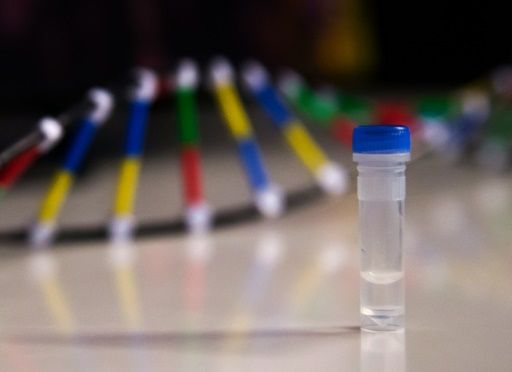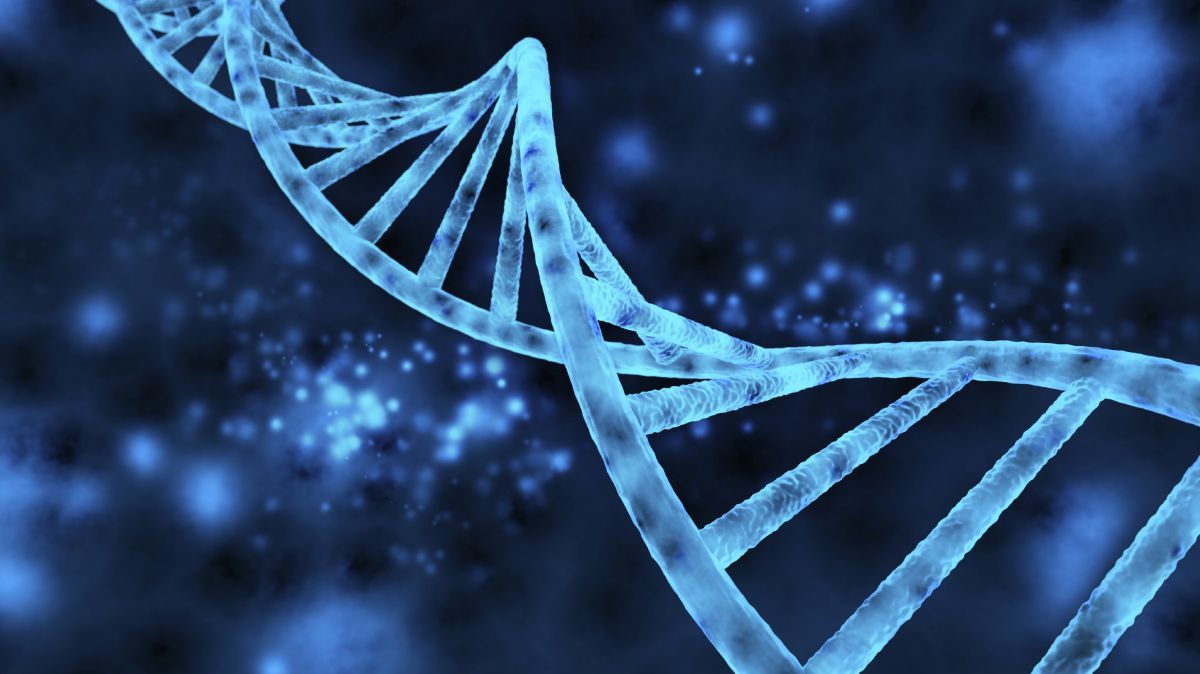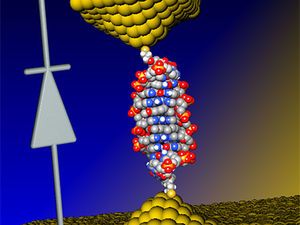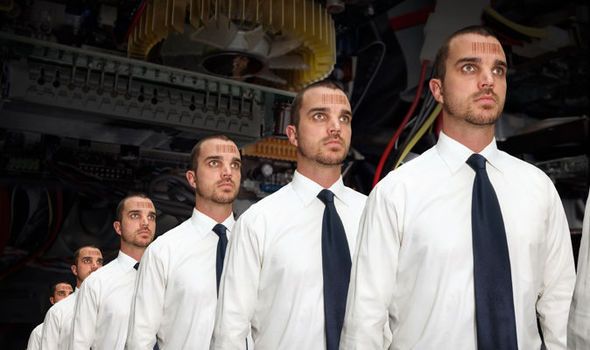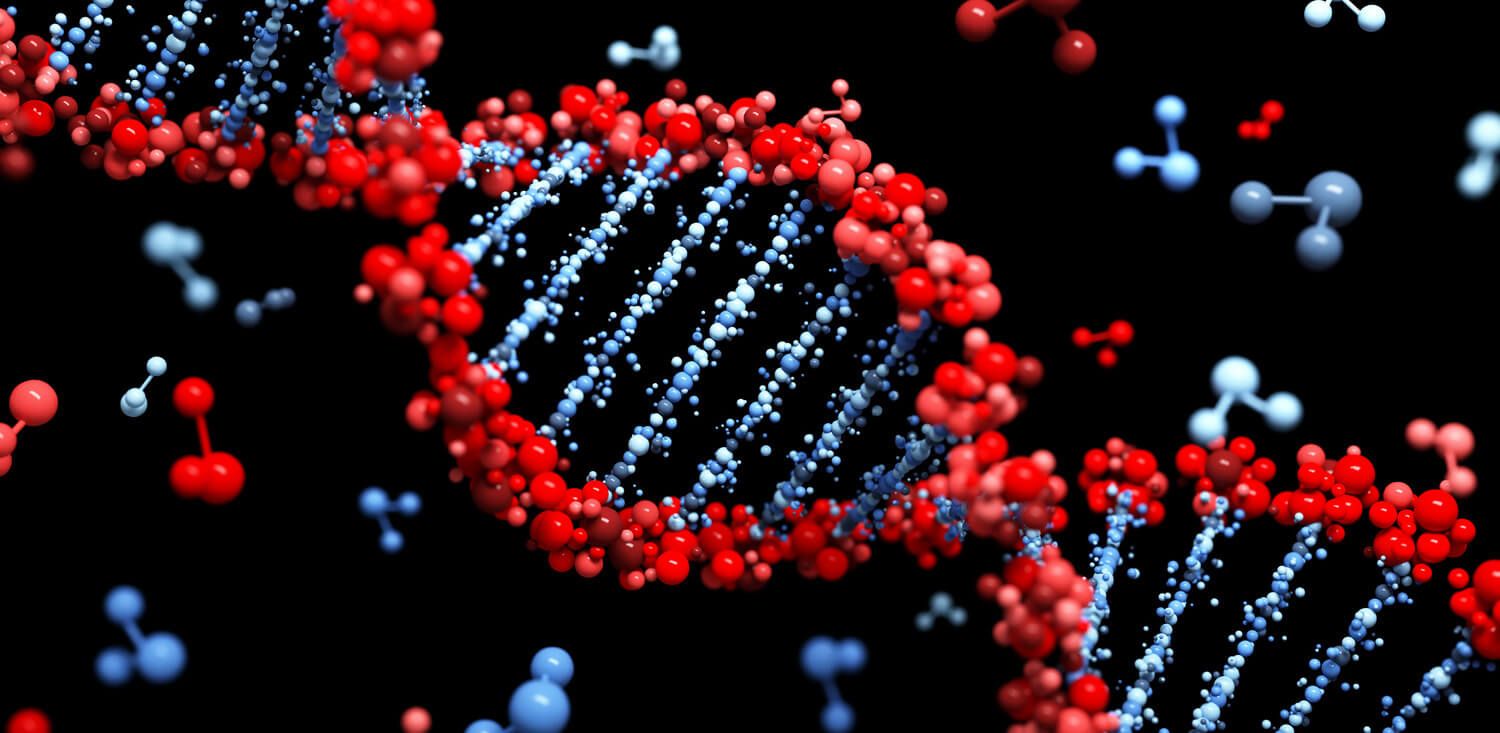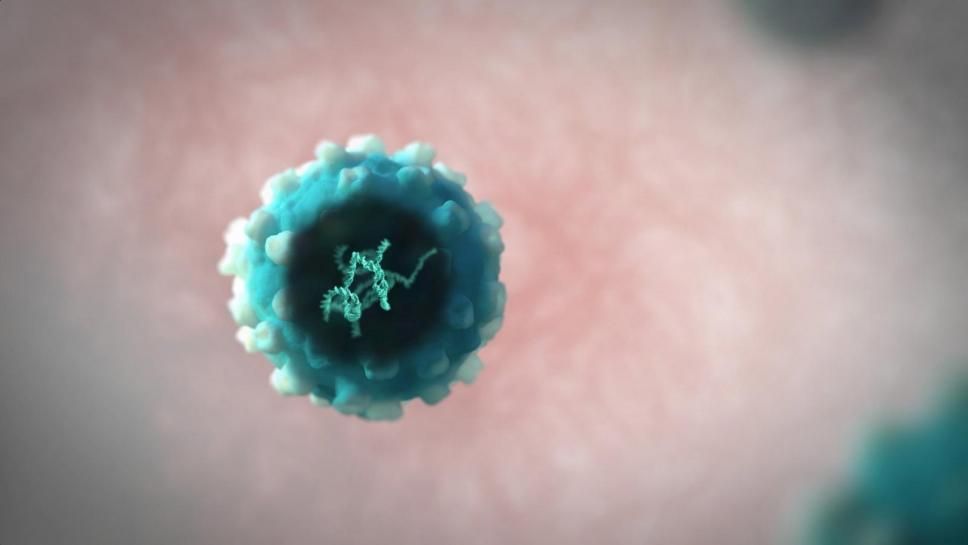Apr 5, 2016
Technicolor stores Hollywood history in a bottle
Posted by Shailesh Prasad in categories: biotech/medical, media & arts, virtual reality
A Technicolor scientist surrounded by the latest virtual reality technology inspects a vial containing a few droplets of water—and one million copies of an old movie encoded into DNA.
The company has come a long way since the Hollywood golden age, when the world gazed in awe at the lush palette of “The Wizard of Oz” and “Gone with the Wind” provided by its three-strip cameras.
Now celebrating its centenary year, Technicolor’s laboratories are at the cutting edge of the science of filmmaking, leading a worldwide revolution in immersive entertainment.
